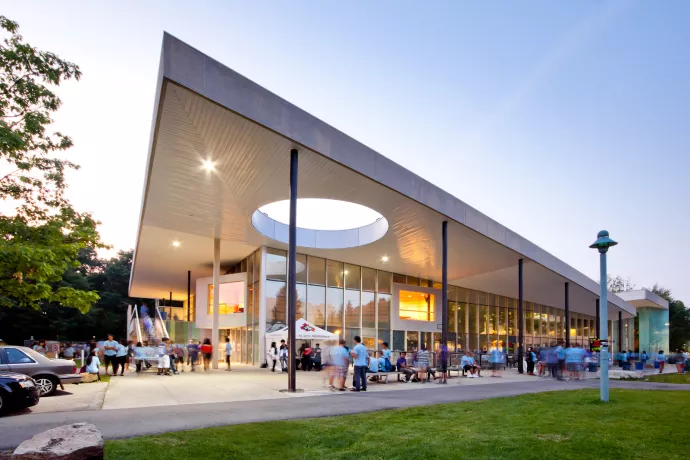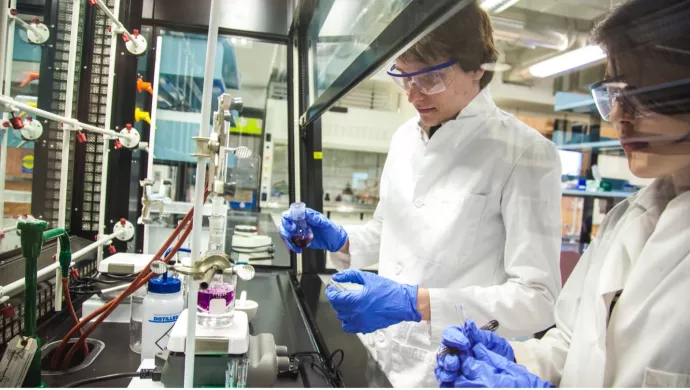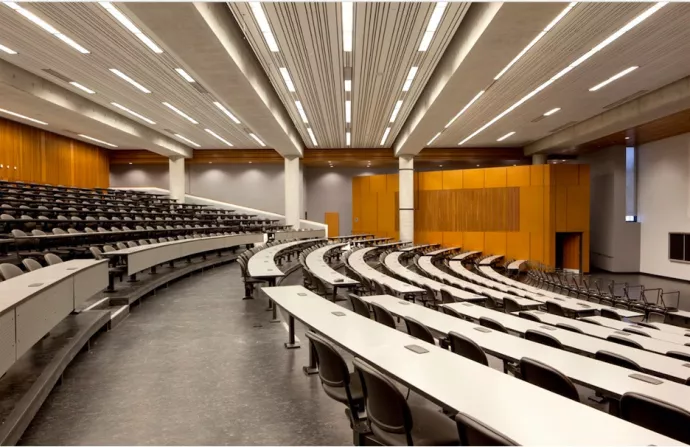Changes from High School to University


HBSc
Class of 2021
The transition from high school to university can feel overwhelming. Hopefully, learning about some of the changes can make the shift feel less daunting.
1. Class Types
There are a few different types of classes available in university and they vary depending on the program you choose. Common types of classes include: lectures, tutorials and practicals.
Lectures: This is the traditional class delivery method where a professor lectures a group of students. Every course offers a lecture component.
Tutorials: These are smaller group sessions typically held by a teaching assistant (TA) or a professor. The purpose is to explore concepts in more depth, facilitate group discussion and ask your questions about topics you’re unsure about.
Practicals: A practical is a hands-on experience held either in the laboratory or on the field site (this depends on the course you’re taking). Not all courses, programs and subjects offer practicals. This is where you perform experiential learning by applying the concepts learned in-class into a practical space.

2. Class Sizes
You may have heard that university classes are huge, especially, in first year. Well, that is not necessarily wrong. We’re often used to class sizes of 30 students, at maximum. But, first year lectures can have as many as 500 students enrolled, or as little as 50 students enrolled.
In your upper years classes will often range from 50-200 people. By the time you are in your last year you may be in classes with less than 10 people.
Don’t worry there are lots of ways to meet and interact with professors, teaching assistants and other students during university!
3. Variety of Topics for Classes
You get a chance to be exposed to a lot of different types of classes covering a wide range of topics from: The Biology Behind the News, Introduction to Cinema Studies and Expressive Writing and so much more!
As part of your degree requirements within your four years of study, you have to complete 1.0 credits in Humanities, Social Science and Science. This really lets you explore areas that interest you but may not be directly related to your degree.
I am enrolled in a double Major program in the Science field, but I took courses that discussed women and gender studies, the history of Christianity and the sociology of crime. Taking these courses really expanded my world view and helped me advance my writing skills.

4. Scheduling
Most high schools operate with a specific set of hours that is consistent from Monday to Friday. But, in university could have a variety of scheduling and class times from either 8 am in the morning and/or 6 pm in the evening.
You can have the opportunity to pick between different timings offered for specific courses, others are already decided for you. There is often more flexibility in tutorial and practical times.
You also could have a day off during the week depending on how your schedule works out. If you are an early bird or a night owl, you can create your schedule to fit your needs.
5. Variety of Extracurriculars
There are endless opportunities of extracurricular activities that you can be a part of. Some include athletics, clubs and societies, volunteering and the work study program. There is something for everyone.
The transition from high school to university may seem scary but participating in activities like this allow you to explore different hobbies, interests and skills.



